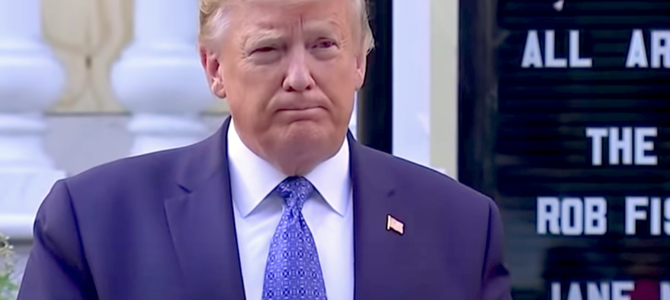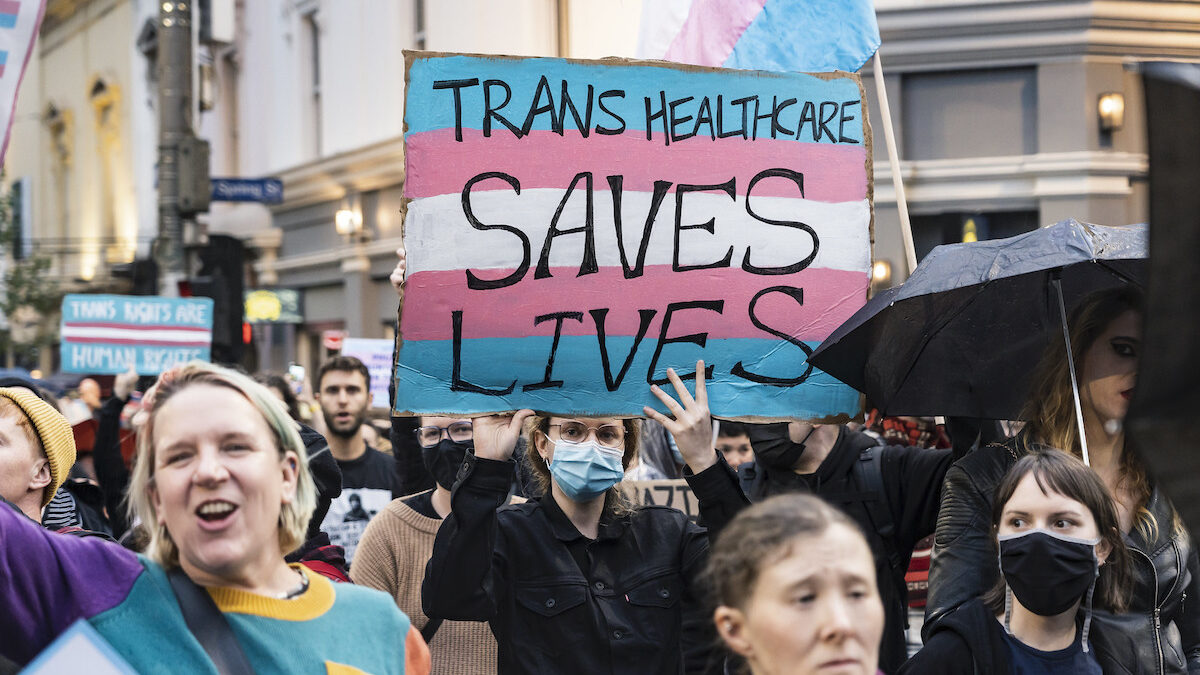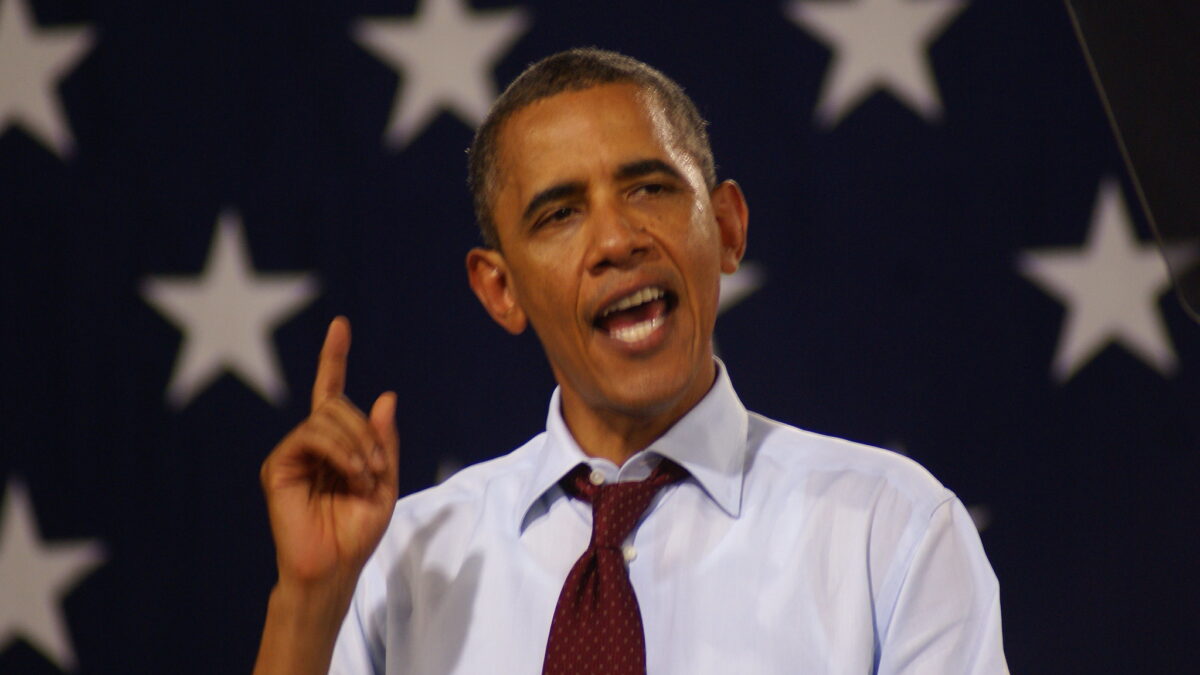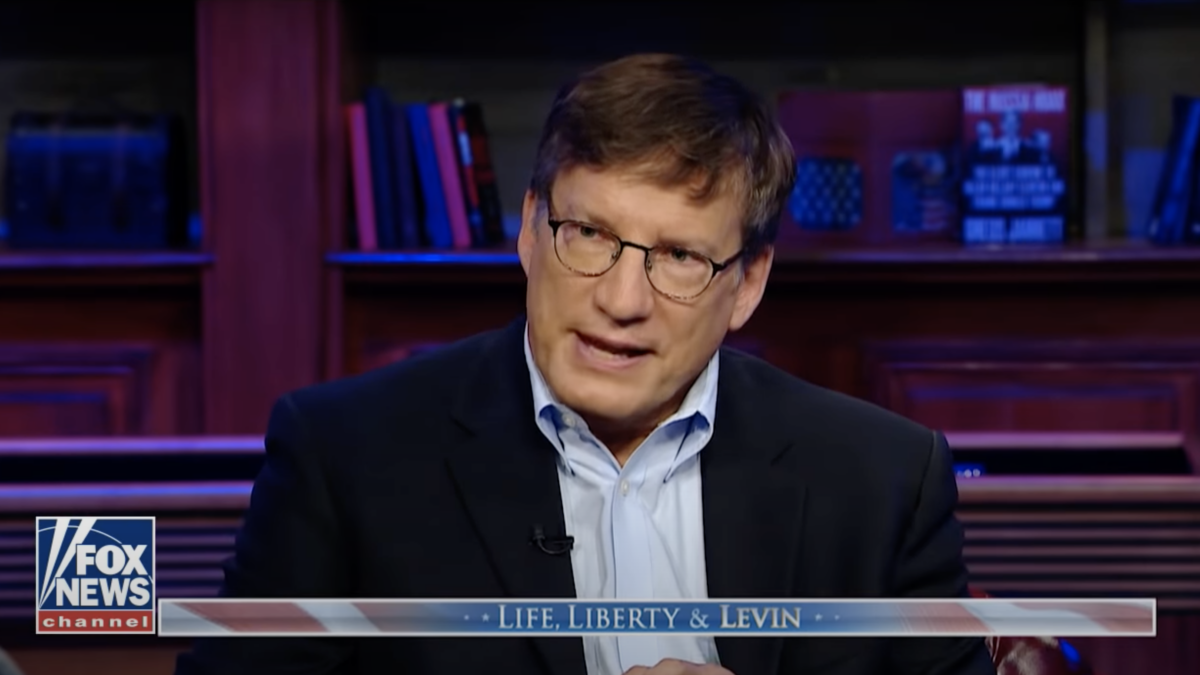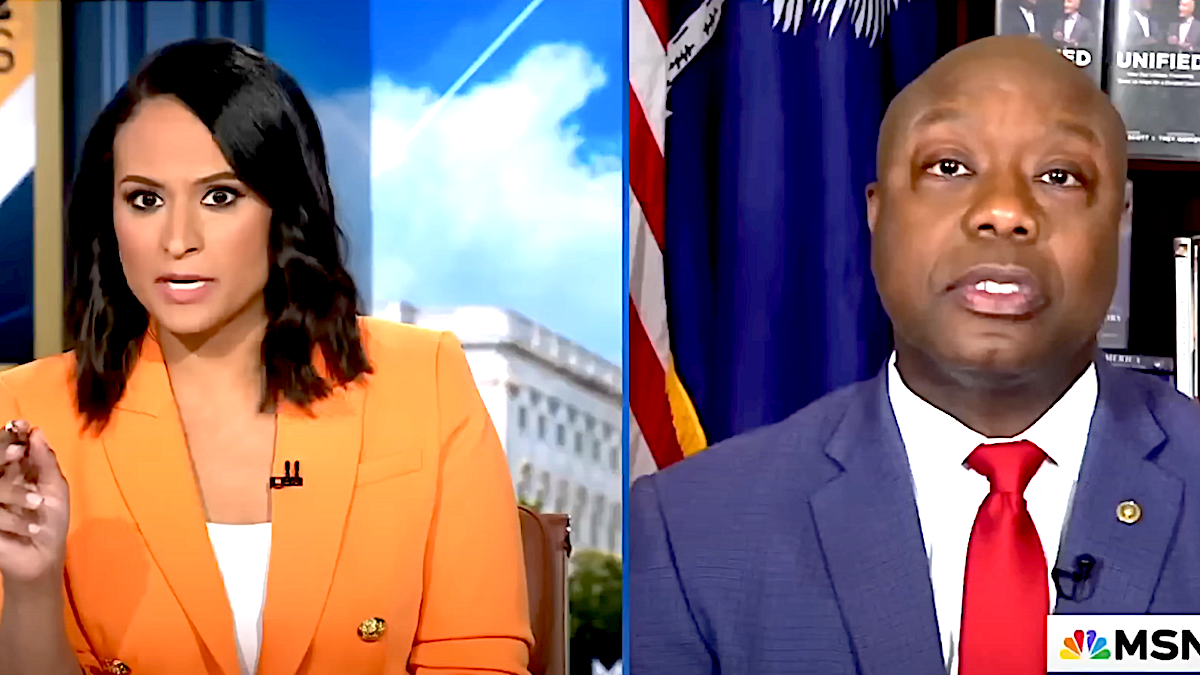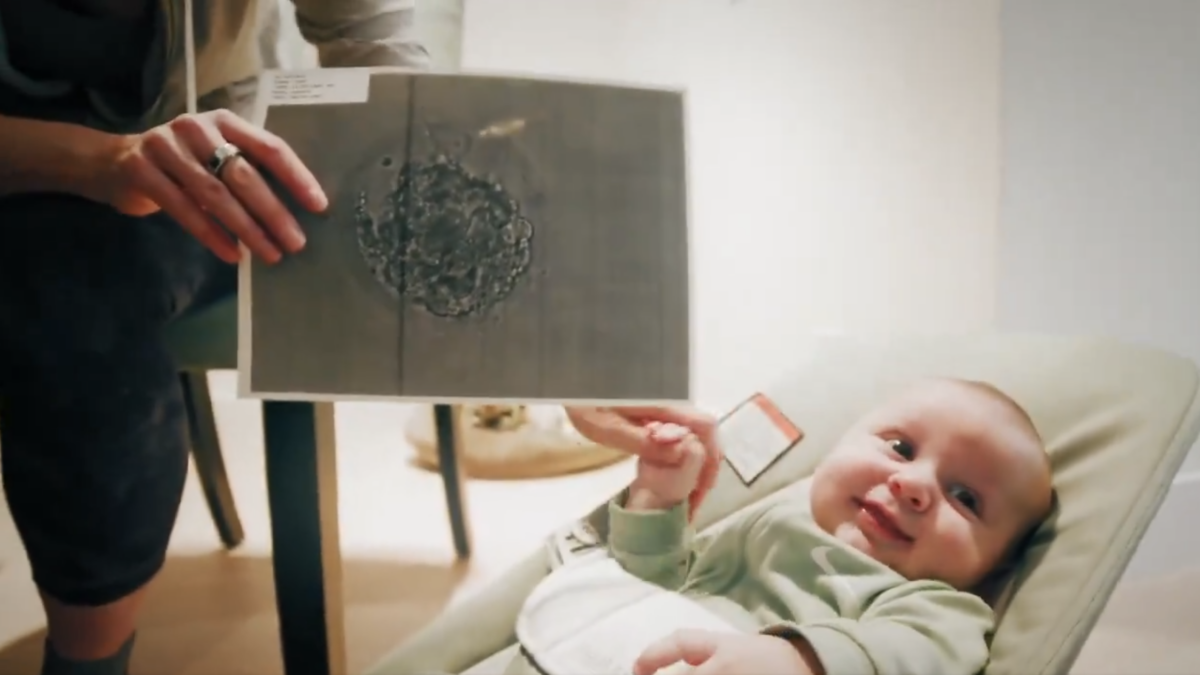President Donald Trump went to church Monday.
That isn’t exactly accurate. There was no chorus of worship, no corporate prayer, no holy reverence, no gathering of believers, and thus no church. Just the leader of the free world and the charred, boarded-up shell of a building, marred with fire at the hands of mutinous rogues. Amid nationwide protests and riots over the needless death of George Floyd at the hands of dishonorable officers, the president stood outside the vandalized historic structure.
St. John’s Episcopal Church isn’t the only desolate house of worship today. Church buildings across America stand as empty and ineffectual as if they too were consumed by fire, shuttered not by anarchists, but by tyrants.
Christians have for months been separated from one another thanks to state lockdown orders. The overwhelming majority of congregations have honored the coronavirus regulations imposed by authorities who would sooner dispense with communion than lottery tickets. To love their neighbors, protect the vulnerable, and remain above reproach, Christians stayed home, resorting to virtual meetings, sermon archives, and other poor substitutes for fellowship. In the process, we sacrificed our spiritual vitality.
As anti-religious leaders and malicious media predictably shamed communities of faith, believers rolled over, our good intentions of meek compliance manifesting in cowardice. When the media employed scare tactics — “gathering will kill Grandma” — Christians fearfully relented. When detractors peddled bogus rhetoric masquerading as science — shopping is fine, but singing is way too “dangerous” — believers capitulated.
We were told groups of more than 10 people were simply not doable. Outdoor services were deemed unsafe. Even parking too closely in a lot or having too many people in a vehicle during drive-in services was prohibited. Police surveilled churchgoers, recording the license plate numbers of service attendees as “the only way we can ensure that your decision doesn’t kill someone else.” The message from the media and oppressive leaders has been clear: Church gatherings are deadly.
But now the game has changed. As brutal anarchists take to the streets alongside masses of peaceful protesters, all the media’s cards are on the table. Progressive governors have shown their hand. The coronavirus scare tactics have largely ceased.
Believing fast food is essential while the Lord’s Supper is nonessential has always been ridiculous. But believing worshiping is lethal while looting is warranted is downright infuriating.
Are large gatherings dangerous, or aren’t they? In running interference for riots and condemning the president’s call for dominating the violent mobs, the media and leftist governors have answered that question. If the mitigating factor for large groups of people is no longer public safety but righteous anger, then Christians undoubtedly qualify.
Of course, states have kicked off their reopening plans, including, at the behest of the president, allowing churches to reopen with largely arbitrary regulations. But these rules are stifling. We cancel our song services, worship in shifts, and fracture our bonds by congregating in coteries at six-foot intervals.
Religious leaders have bent over backward to ensure public safety and care for their congregations, taking full precautions, but to what end? When will we say enough is enough? Scripture commands submission to government authority, but at some point, believers “must obey God rather than men.”
When have Christians ever regarded physical health above spiritual health? When has enduring persecution ever entailed abandoning firmly held belief? How can Christians expect spiritual revival, racial harmony, and peace, while neglecting our assembly together?
It’s time for believers to sing from the tops of our lungs in one, full accord — not sit silently in countless rotational services that undermine the unified body of Christ. It’s time to gather around the table, contemplating with holy reverence Christ’s body broken and blood shed for us. It’s time to confess our sacred doctrine and call upon our great Redeemer in corporate praise. No longer can we afford to live in fear.
Christians must gather again. Church must recommence. Now.
